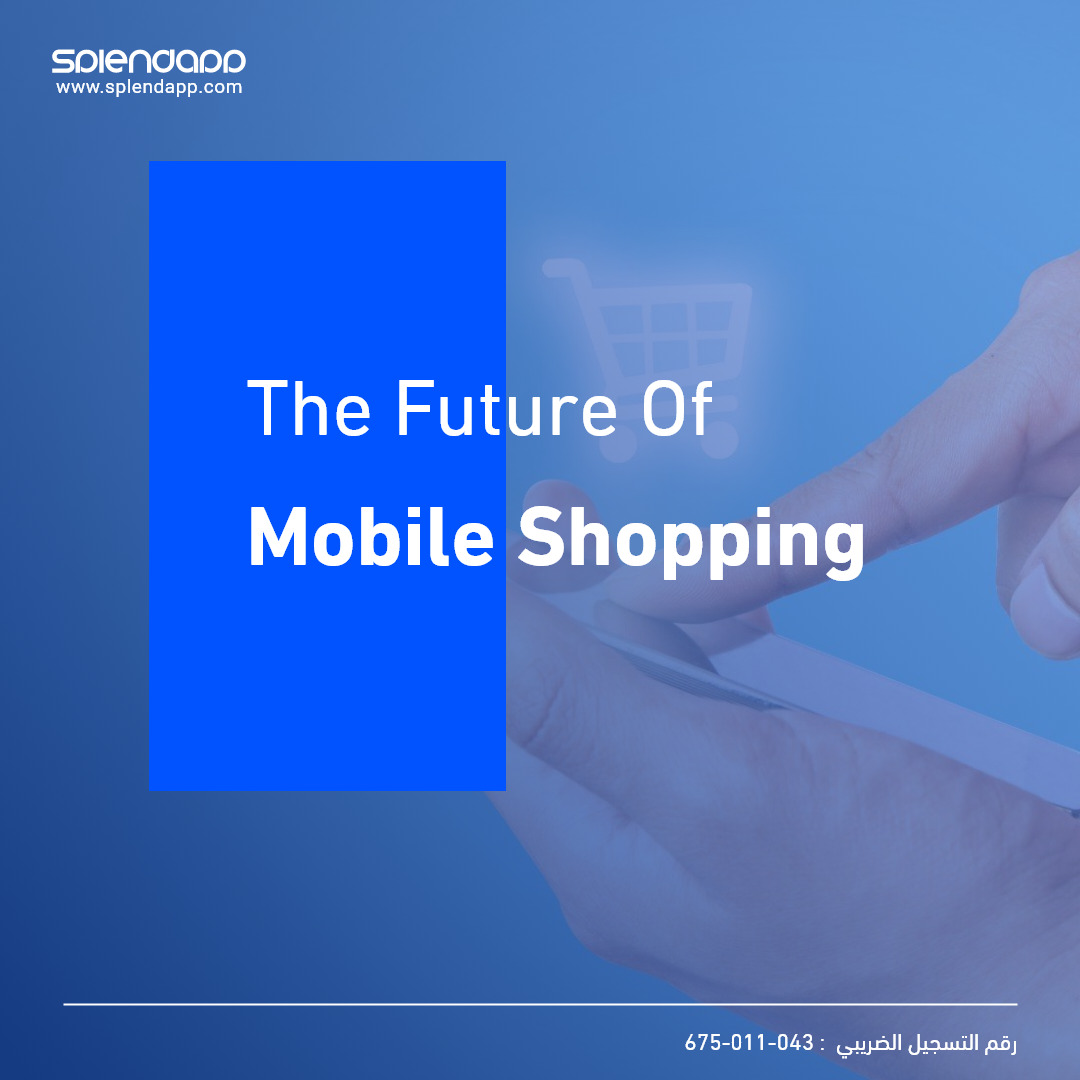

The Future of Mobile Shopping is poised to be dominated by augmented reality interfaces, 3D virtual shopping experiences, and even more innovative payment techniques. Seamless integration with smart home devices, wearable tech, and AI-driven personal assistants is likely to reshape the way we shop, bringing about a blend of the physical and digital worlds.
As e-commerce platforms strive for enhanced user experiences, the lines between browsing, choosing, and purchasing will blur, making shopping an even more effortless endeavor.
The landscape of retail has been constantly evolving, and with the rapid advancements in mobile technology, the next chapter in the evolution of shopping promises to be revolutionary. Central to this transformation are two key elements: AI-driven personal recommendations and virtual try-ons, which are set to redefine our shopping experiences.
Artificial Intelligence (AI) has firmly entrenched itself in the world of e-commerce, reshaping the consumer experience in unprecedented ways. One of its most influential applications is the ability to offer personalized product and content recommendations, ensuring users encounter relevant, timely, and appealing suggestions during their shopping journey. Here’s a closer look at the intricacies of AI-powered recommendations:
Understanding User Behavior:
Deep Learning: By employing neural networks, AI systems can analyze vast amounts of user data, from browsing history to click patterns, identifying underlying preferences and habits.
Dynamic Profiling: AI continually updates user profiles based on new interactions, ensuring recommendations remain fresh and relevant.
Enhanced Personalization:
Tailored Content: Beyond suggesting products, AI can curate content – articles, videos, and reviews – resonating with a user’s interests and past behaviors.
Contextual Recommendations: AI considers the context of a user’s visit. For instance, a search for “winter boots” in December might also suggest “Christmas socks” or “winter coats”.
Predictive Analysis:
Anticipating Needs: AI can predict future product needs based on past purchases. For instance, after buying a printer, a user might get suggestions for ink cartridges or paper.
Trend Forecasting: By analyzing global buying patterns and search trends, AI can highlight emerging product trends, allowing users to stay ahead of the curve.
Enhancing User Experience:
Visual Search: Integrating AI with image recognition allows users to search for products using images, streamlining the discovery process.
Feedback Loop: AI thrives on feedback. By gauging user reactions to recommendations, the system refines its future suggestions, creating a continually improving recommendation engine.
Challenges & Ethics:
Privacy Concerns: With the collection of vast amounts of user data, ensuring data privacy becomes paramount.
Over-Personalization: There’s a fine line between personalized recommendations and creating an “echo chamber” where users only see what aligns with their existing beliefs and preferences.
The integration of augmented reality (AR) and other immersive technologies into e-commerce platforms has led to the groundbreaking feature of virtual try-ons. This innovation is bridging the experiential gap that once separated online and in-store shopping. Let’s delve into the realm of virtual try-ons and understand its significance, functionalities, and potential future directions:
How It Works:
Augmented Reality (AR): Leveraging AR, consumers can superimpose virtual images of products—be it clothing, jewelry, or eyewear—onto their real-world selves, allowing for a dynamic visual preview.
3D Scanning: Advanced mobile apps can scan users’ body dimensions to create a 3D avatar, ensuring the virtual try-on matches the user’s size and proportions.
Benefits:
Informed Decision Making: Users get a clearer idea of how a product will look and fit, reducing uncertainty and boosting confidence in purchase decisions.
Reduced Return Rates: As consumers have a more accurate pre-purchase visualization, there’s a lower likelihood of dissatisfaction and subsequent product returns.
Enhanced Engagement: The interactive nature of virtual try-ons can increase the time spent on retail platforms and foster a deeper connection between consumers and brands.
Applications:
Fashion & Apparel: From checking the fit of a dress to the style of a shoe, virtual try-ons are transforming online apparel shopping.
Cosmetics: Users can virtually apply different shades of makeup to see how they complement their skin tone.
Eyewear & Jewelry: Trying on glasses, sunglasses, and jewelry virtually ensures the style and fit match the user’s preferences and facial structure.
Home Décor: Consumers can visualize how furniture or decorative items will look in their actual living space.
Challenges:
Technical Limitations: The accuracy of virtual try-ons depends on the quality of AR technology and 3D models. A poor rendition can detract from the user experience.
Hardware Dependencies: Not all users might have access to the latest smartphones or devices with advanced AR capabilities.
Privacy Concerns: The collection of personal data, like body measurements or facial features, necessitates stringent data protection measures.
The Future:
Tactile Feedback: With advancements in haptic technology, future virtual try-ons might provide tactile feedback, allowing users to “feel” the texture or material of a product.
Integration with AI: AI can enhance virtual try-ons by suggesting adjustments or offering complementary product recommendations based on the virtual fitting session.
In conclusion, as AI continues to evolve and integrate with mobile shopping platforms, consumers can expect an experience that’s not just about purchasing a product, but about an immersive, tailored, and highly interactive shopping journey. The fusion of AI-powered recommendations with virtual try-ons is paving the way for a future where shopping becomes more about personal engagement and less about transactional exchanges.